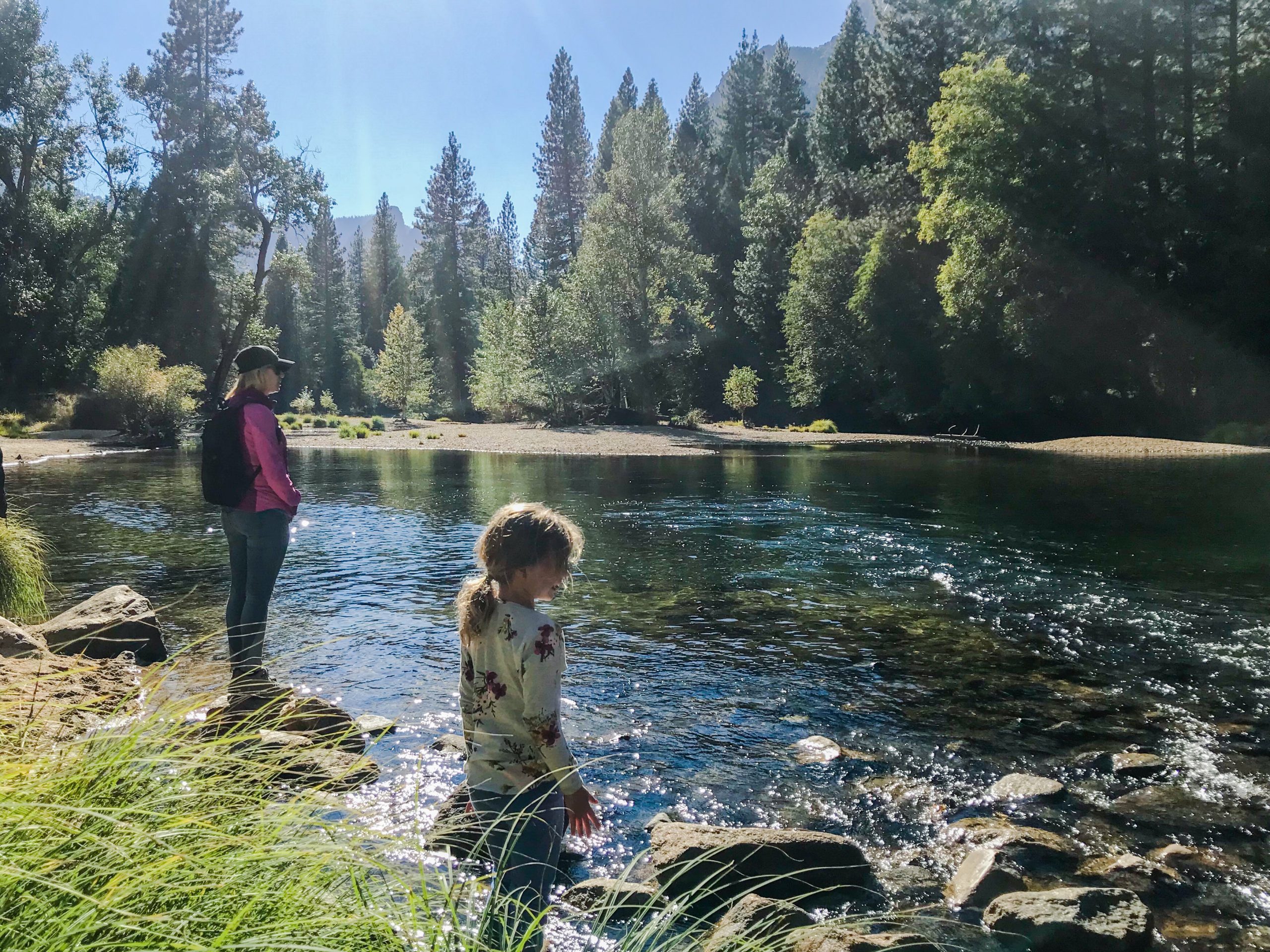Biological diversity, or biodiversity, is the variety of all life on earth. It is the reason we can visit a single area and observe many different types of plants, animals, and ecosystems all within one habitat. In Yosemite National Park for example, you can see giant sequoia trees that reach over 300 feet tall growing next to shrubs, grasses, and vines, with coyotes, bears, bighorn sheep, eagles, deer, and even bobcats roaming nearby. For many nature enthusiasts, biodiversity is the very reason for all the excitement and wonder that comes from exploring the outdoors – you never know exactly what you’ll see, and at any moment you could be surprised by a truly spectacular sighting that you didn’t expect, and won’t ever forget.
The United Nations General Assembly declared May 22 the International Day for Biological Diversity to commemorate the adoption of the text of the Convention of Biological Diversity on May 22, 1992. The UN designates international days such as this one to educate the public on issues of global concern, mobilize political will, and celebrate the achievements of humanity as we work to protect nations and communities around the globe (United Nations).
The theme of this year’s International Day for Biological Diversity is “Our solutions are in nature”, which recognizes that humans are inextricably linked and dependent upon natural ecosystems for our health, resources, and survival. This theme embodies the goal of existing harmoniously with nature as well as a spirit of hope for the conservation of plants and animals that can bring about global solutions for all of humanity.
Within our natural surroundings lay solutions to some of the greatest obstacles of our time. Our connection to nature and reliance on it has perhaps never been more relevant than now, as the world faces down a global pandemic. Humans modify the environment at nearly every possible level, including altering the structures and populations of wildlife in such a drastic way that there are tremendous losses in biodiversity. This can lead to new conditions that favor the spread of pathogens (United Nations).
Biodiversity contributes to ecosystem resiliency and productivity. When there are a multitude of different organisms living within an ecosystem, the system is stronger and more sustainable. Having a variety of species provides balance and makes the system better equipped to withstand natural disasters and other changes. If any one species is diminished, another species can usually step in and fill that same role. However, when there are cascading effects that reduce the abundance and diversity of many species, this compromises the integrity and functionality of the system overall.
According to a report released by the World Wildlife Fund (2014), populations of mammals, birds, reptiles, amphibians, and fish dropped by 52% between 1970 and 2010. This trend has continued unabated over the past decade. As biodiversity losses continue, we are effectively destroying the life support system upon which millions of organisms – including humans – depend.
We need to do more than just shift our daily habits and lifestyle choices to be more environmentally-friendly. Humanity as a whole needs to embrace a colossal change in perspective that revolves around the straightforward fact that we depend on nature’s biodiversity for every aspect of our existence.




